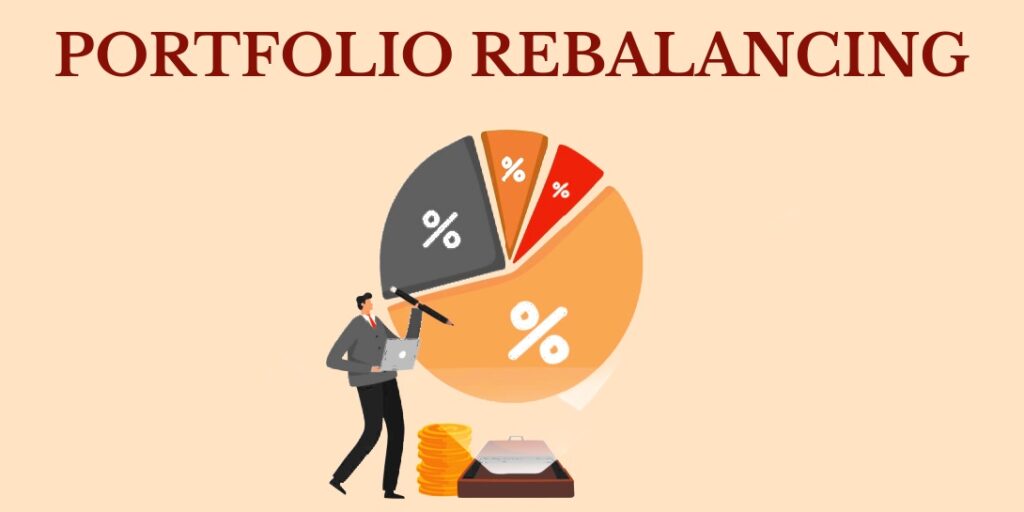Reviewing and rebalancing your mutual fund portfolio in India is essential for aligning investments with financial goals, especially in a dynamic market. This process optimizes returns and manages risk. How can you effectively review and rebalance your portfolio? Let’s break it down.
Why Review Your Mutual Fund Portfolio Regularly?
Reviewing your mutual fund portfolio means analyzing its current performance against your financial objectives. Market conditions, economic factors, and personal goals may change over time, affecting your portfolio’s balance. For example, if you initially allocated 60% to equity funds and 40% to debt funds, market fluctuations might shift these ratios.
Regular review helps detect underperforming funds or changes in market trends, allowing timely action. In addition, it lets you assess whether your portfolio risk matches your risk appetite. As per Economic Times, Indian investors who review portfolios annually tend to outperform those who don’t by up to 15%.
When and How to Rebalance Your Mutual Fund Portfolio?
Rebalancing involves realigning your portfolio back to your desired asset allocation. In India, many financial advisors suggest reviewing your portfolio every six months or at least once a year. However, significant market events or life changes may require earlier rebalancing. To rebalance:
- Identify the target allocation based on your risk profile (e.g., 70% equity, 30% debt).
- Calculate current allocation after market changes.
- Sell or reduce funds in asset classes that have grown beyond the target.
- Buy or increase funds in asset classes that have fallen below the target.
Moreover, consider tax implications under Indian tax laws. For instance, selling equity mutual funds held for less than one year attracts short-term capital gains tax. Therefore, plan rebalancing transactions strategically.
Key Factors to Consider While Reviewing Your Portfolio:
Several factors influence your review and rebalance decisions:
- Performance of funds: Compare your funds against their benchmark indices and peers.
- Expense ratio: High fees can erode returns; prefer funds with reasonable expense ratios.
- Fund manager track record: Stability and experience matter.
- Changing financial goals: For example, nearing retirement might require shifting towards safer debt funds.
- Market conditions: India’s economic environment, inflation rates, and policy changes impact returns.
Using these parameters helps maintain a healthy and diversified portfolio. Diversification across sectors and fund types minimizes risk and maximizes growth potential.
Tools and Resources for Effective Portfolio Management:
Several online platforms and apps help Indian investors review and rebalance portfolios efficiently. You can track performance, asset allocation, and get alerts for rebalancing. Additionally, consult trusted sources like the Economic Times and SEBI’s official website to stay informed about market trends and rules.
According to IBEF, India’s mutual fund industry is expected to grow at a CAGR of over 12% in the coming years, reflecting increasing investor participation. Therefore, developing a disciplined approach to reviewing and rebalancing your portfolio is more important than ever.
Conclusion:
In conclusion, reviewing and rebalancing your mutual fund portfolio in India is a crucial practice for successful investing. By regularly assessing your portfolio and making informed adjustments, you can optimize returns and control risks effectively. Ready to optimize your portfolio? Explore more financial insights now!
– Ketaki Dandekar (Team Arthology)
Read moe about How to Review and Rebalance Your Mutual Fund Portfolio here – https://www.investopedia.com/rebalance-portfolio
